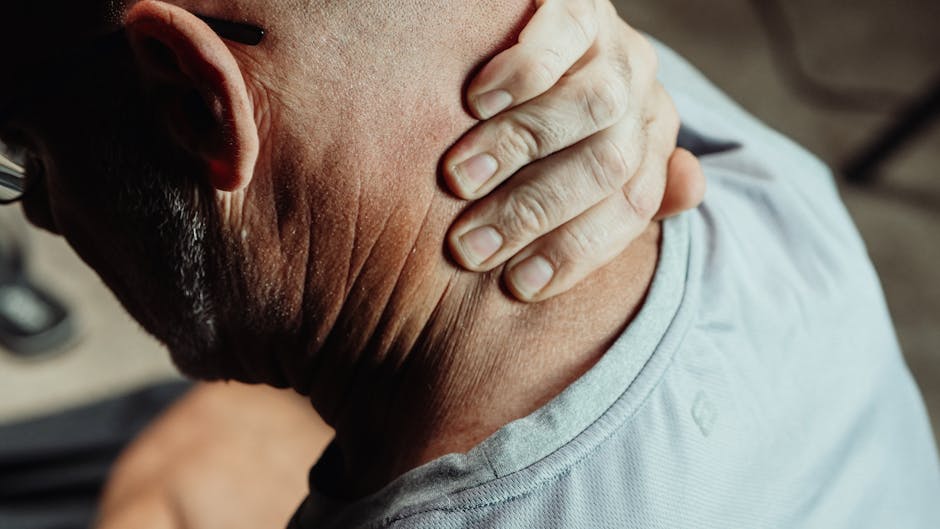Imagine stepping out your front door and being just a short walk away from your grocery store, a park, your child’s school, or your favourite coffee shop. That’s the beauty of a walkable neighbourhood—and it’s more than just convenient. It’s a powerful tool for improving your physical health.
What Is a Walkable Neighbourhood?
Walkable neighbourhoods are communities where homes, shops, services, and green spaces are located close together and connected by safe, accessible sidewalks and streets. These areas encourage people to walk more often—whether it’s for errands, commuting, or recreation.
Walking More = Living Healthier
According to research by Public Health Ontario, people living in the most walkable neighbourhoods get 10 to 15 more minutes of moderate to vigorous physical activity per day compared to those in the least walkable areas. That’s a big deal—those extra minutes can add up to half or more of the recommended weekly physical activity for adults.
The benefits were especially noticeable in adults aged 30 to 44, who averaged nearly 15 extra minutes of activity per day. Even younger adults (18–29) and older adults (45–64) saw significant increases in daily movement.
Physical inactivity is linked to a higher risk of chronic diseases like heart disease, diabetes, and obesity. But when your neighbourhood makes walking easy and enjoyable, you’re more likely to move your body without even thinking about it.
This research isn’t just useful for individuals—it’s also a call to action for urban planners and policymakers. Designing communities with walkability in mind can help promote healthier lifestyles for everyone, from kids to seniors.
Even if you don’t live in a highly walkable area, you can still make small changes:
- Choose to walk or bike for short trips when possible
- Advocate for better sidewalks, crosswalks, and green spaces in your community
- Support local planning efforts that prioritize walkability
Walking is one of the simplest, most accessible forms of exercise—and your neighbourhood can help make it a daily habit. Let’s build communities that support movement, connection, and better health for all.
For more information, visit:
Living in walkable neighbourhoods linked to more physical activity | Public Health Ontario



